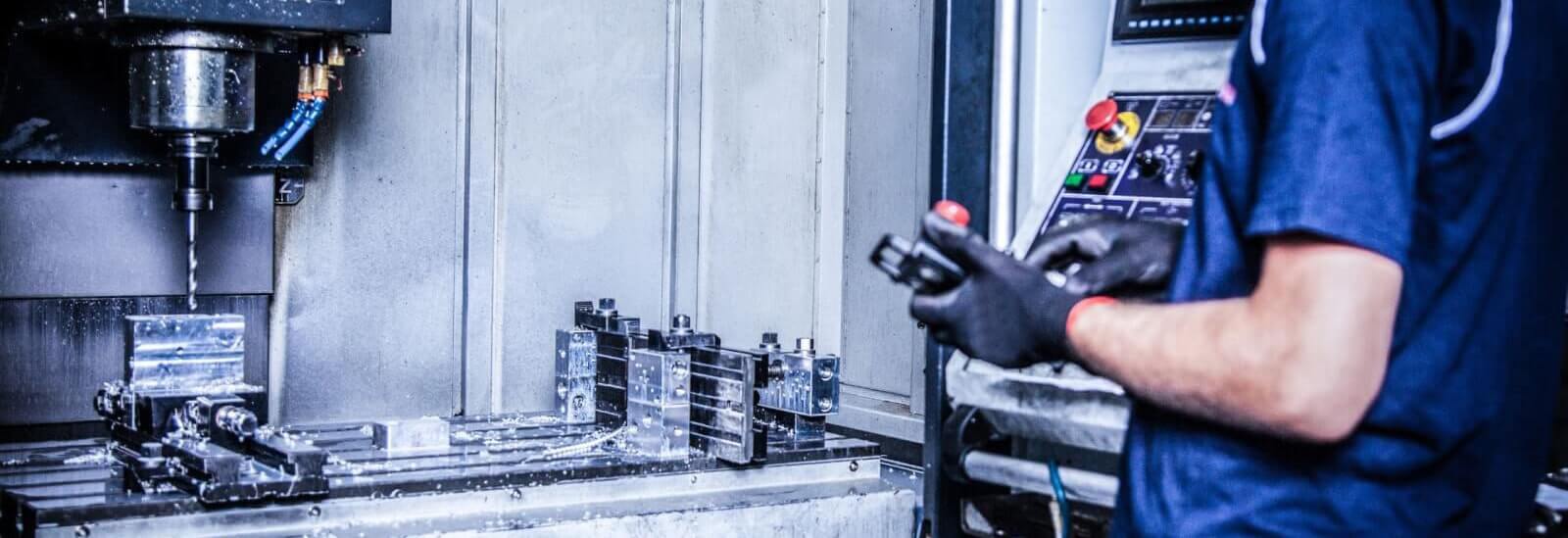Understanding the Art of Bolts and Machining: Technologies and Finest Practices
In the world of commercial manufacturing and engineering, the proficiency of fasteners and machining is a keystone of making sure structural integrity, performance, and durability in numerous applications. Join us as we explore the most recent improvements and dig into the nuanced world of understanding fasteners and machining, revealing essential understandings and strategies that can boost your method to design solutions.
Development of Attachment Technologies
Throughout the industrial revolution and right into the modern age, the advancement of fastening modern technologies has been marked by constant developments in performance and reliability. Fasteners, such as screws, screws, and rivets, play an essential role in different sectors, including automotive, aerospace, building, and electronic devices. The demand for more powerful, more resilient, and easier-to-install fastening options has actually driven development in the area.
One substantial growth has actually been the change in the direction of precision machining techniques to produce fasteners with higher resistances and premium performance. This change has actually enabled makers to generate bolts that satisfy rigid high quality requirements and deal boosted resistance to deterioration and exhaustion.
In addition, the introduction of innovative products, such as titanium alloys and compounds, has reinvented the capacities of bolts. Fasteners and Machining. These materials give phenomenal strength-to-weight proportions, making them ideal for applications where minimizing weight is critical without jeopardizing architectural stability
Improvements in Machining Approaches
In the world of commercial production, the continuous evolution of machining methods has actually paved the means for unmatched precision and performance in the production of bolts. Among the substantial innovations in machining techniques is the use of Computer Numerical Control (CNC) innovation. CNC makers supply unequaled accuracy and repeatability by enabling automated control of machining devices. This exact control allows manufacturers to produce complex and elaborate bolt layouts easily.

In addition, the fostering of multi-axis machining facilities has made it possible for simultaneous reducing procedures from different angles, better improving effectiveness and minimizing production times. By using these sophisticated machining methods, makers can fulfill the increasing demand for high-quality fasteners while preserving cost-effectiveness in their operations.
Picking the Right Fastener Materials
Picking the ideal material for fasteners is an important choice that significantly impacts the efficiency and long life of the constructed components. When choosing the right bolt product, numerous variables should be considered to make certain the toughness and integrity of the final item. The material chosen ought to work with the environmental problems the fasteners will certainly be revealed to, such as temperature variants, moisture levels, and destructive aspects.
Usual products used for bolts include stainless-steel, carbon light weight aluminum, steel, and titanium, each offering distinct buildings that suit different applications. Stainless-steel, as an example, is understood for its corrosion resistance, making it optimal for exterior or aquatic settings. Carbon steel is an economical option suitable for lots of general-purpose applications. Light weight aluminum is lightweight and usually used in markets where weight is an important variable. Titanium, on the other hand, is corrosion-resistant and remarkably imp source solid, making it ideal for high-performance applications.
Enhancing Precision in Machining
Accomplishing ideal accuracy in machining is essential for making sure the top quality and performance of machined components. Precision in machining describes the capability read this article to continually produce parts within tight tolerances and with high accuracy. To boost precision in machining, producers utilize a selection of advanced methods and modern technologies. One trick approach is utilizing Computer system Numerical Control (CNC) equipments, which use superior accuracy and repeatability contrasted to conventional manual machining techniques. CNC devices are programmable and can implement complicated machining procedures with minimal human treatment, leading to higher precision levels.
In addition to CNC machining, using innovative cutting devices and device holders can additionally substantially boost precision. Top quality cutting tools with advanced finishes decrease rubbing and wear, bring about extra exact cuts and dimensional precision. Executing rigorous top quality control steps throughout the machining procedure, such as normal examinations and calibration of tools, assists keep regular accuracy levels. By prioritizing precision in machining, makers can achieve premium product quality, tighter resistances, and boosted general performance of machined components.

Best Practices for Bolt Installment
Accuracy in machining plays a crucial function in guaranteeing the dependability and durability of fastener installments. When it comes to ideal methods for fastener setup, one vital facet is the proper choice of bolts based on the particular application demands.
Additionally, guaranteeing that the bolt strings are complimentary and clean of debris prior to setup is essential to attaining a protected and effective connection. By sticking to these best techniques, suppliers can enhance the integrity and efficiency of their fastener setups.
Conclusion
In conclusion, the advancement of attaching innovations and innovations in machining techniques have actually considerably enhanced the performance and effectiveness of fastener installation procedures. By choosing the best fastener materials and improving precision in machining, makers can attain optimal lead to their operations. Complying with best techniques for fastener installation is important in making sure the durability and integrity of settings up. Overall, mastering the art of fasteners and machining involves continual advancement and adherence to finest techniques.
In the realm of commercial manufacturing, the continuous development of machining techniques has actually paved the means for unmatched accuracy and website link efficiency in the manufacturing of bolts.Accuracy in machining plays a critical role in making certain the dependability and long life of fastener setups. When it comes to best practices for fastener setup, one essential aspect is the proper choice of bolts based on the specific application needs. By picking the ideal fastener materials and improving accuracy in machining, manufacturers can attain optimal outcomes in their operations. On the whole, grasping the art of bolts and machining involves constant technology and adherence to best practices.